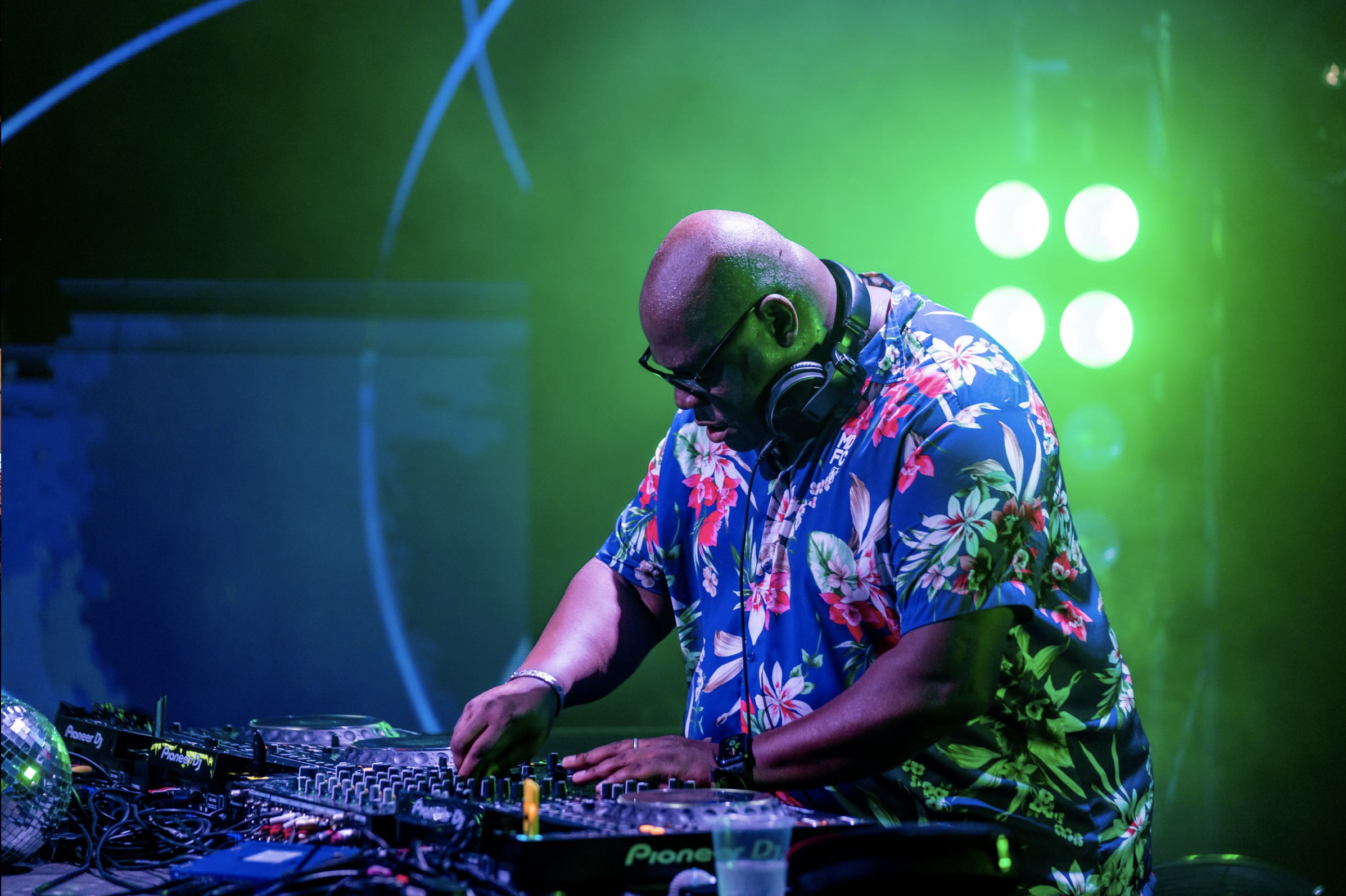In an era defined by the influence of digital connectivity on cultural trends, the ability to make music over the Internet in real-time is no longer a futuristic concept—it’s here, and it’s called Telemidi. As a protocol designed to synchronise MIDI (Musical Instrument Digital Interface) data across remote locations, Telemidi revolutionises the way artists may collaborate, perform, and engage with audiences worldwide.
What is MIDI?
MIDI, launched in 1983 and governed by the MIDI Association, is the fundamental communication protocol allowing electronic musical instruments, computers, and software to interact. Unlike audio, the acoustic sound waves, MIDI transmits performance data—notes, velocity, control changes, and synchronisation cues—making it ultra-lightweight and incredibly efficient. It’s the backbone of modern electronic music production and live performance, powering setups for artists like Carl Cox and Fred Again, who rely on MIDI’s precision to shape their sound.
What is Telemidi?
Telemidi extends the power of MIDI beyond the confines of a single studio or stage, enabling real-time musical collaboration over the Internet. It leverages cloud computing infrastructure, such as AWS, to transmit MIDI data with ultra-low latency between performers in different locations. This means that musicians can synchronise not just their notes, but their expressive control—modulation, filter sweeps, dynamic changes—without lag disrupting the performance.
My PhD research, completed at the Western Australian Academy of Performing Arts (WAAPA, ECU) explored how Telemidi transforms telematic music performance by synchronising nodes, enhancing musicality, and delivering simultaneity. Unlike conventional streaming, which is prone to delay. Telemidi ensures that musical interactions remain cohesive and intuitive, making remote collaboration feel as natural as playing in the same room.
How Telemidi Enables Real-Time Remote Performance Control
The core innovation of Telemidi lies in its ability to transmit not just notes, but performance control actions. Imagine two DJs—one in London, the other in New York—both manipulating the same digital instruments in real-time. Telemidi allows them to control each other’s devices, sync their beats, and trigger loops as if they were on the same stage. This level of interaction is unprecedented in remote music-making, paving the way for new performance formats, hybrid live-streamed concerts, and interactive audience experiences.
The Future of Live, Online Collaboration
We are witnessing a cultural shift towards real-time, interactive platforms. Whether it’s Fortnite’s in-game concerts, Zoom-based creative workshops, or live-streaming culture on Twitch, the demand for participatory digital experiences is accelerating. Music, however, has lagged behind due to technical constraints—until now. Telemidi bridges this gap, positioning itself as the key enabler of live musical collaboration in the online era.
As artists and audiences embrace the immediacy of online interaction, Telemidi unlocks a new paradigm for remote performance, empowering musicians to transcend geographic boundaries. The future of music is live, online collaboration, and for music over the Internet in real-time, Telemidi is the key.




